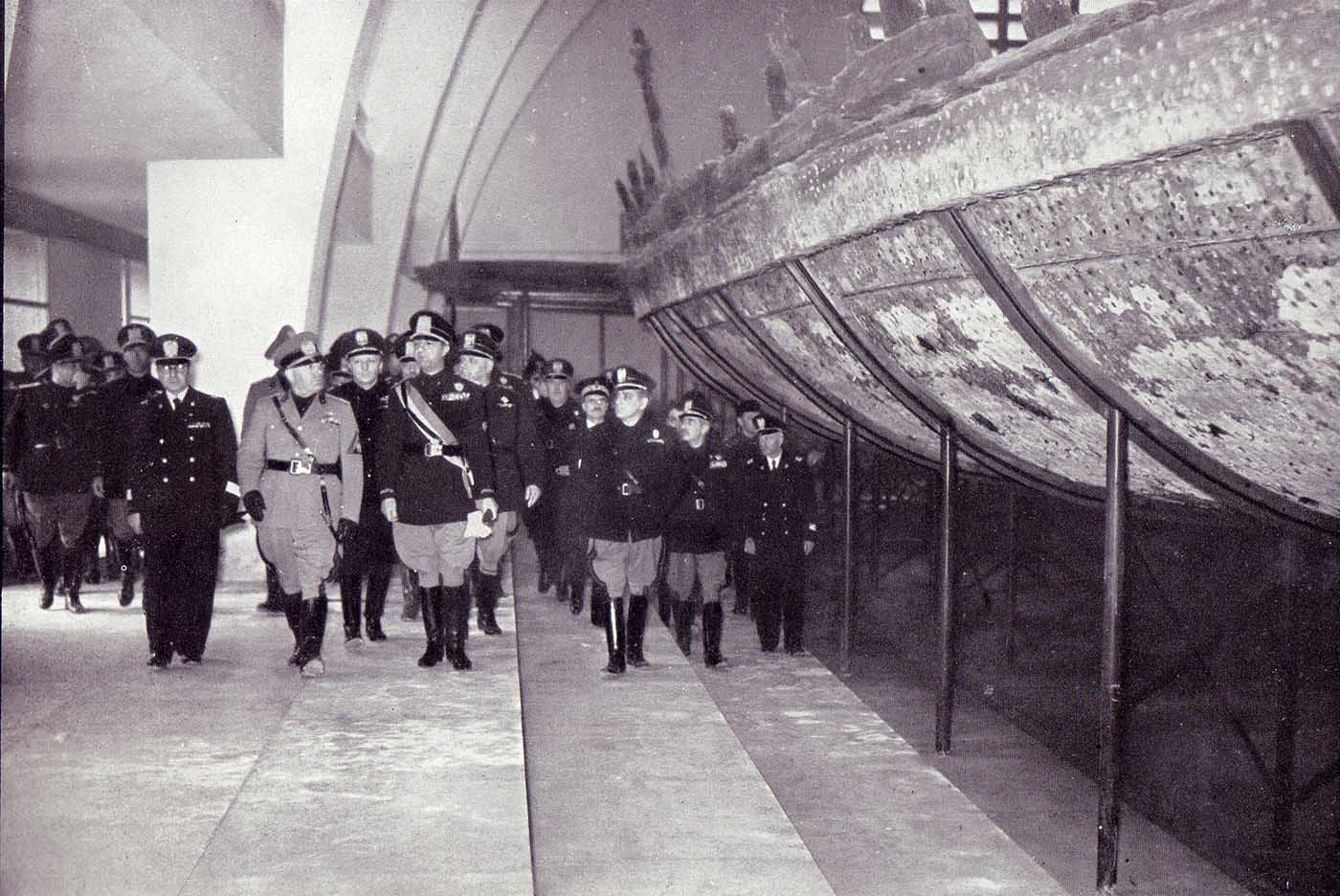Search Begins for Caligula's Third Pleasure Ship
A team of archaeologists, environmental protection officials and police divers are searching for the third pleasure boat of Roman emperor Caligula, who is still remembered for his wild parties two thousand years after his death.
Most historical accounts make out Caligula (officially, Gaius Julius Caesar Augustus Germanicus) as a sadistic and maniacal emperor. He was killed by his own guards after a brief four-year rule, during which he allegedly committed incest, declared himself a god and appointed his horse to a high government post.
As a way to demonstrate Rome's strength, or to honor the gods, or perhaps to create a private space for his bacchanalia, Caligula ordered several barges to be built and moored at tiny Lake Nemi, about twenty miles south of the capital. After Caligula’s death, his successors sank the boats in an effort to obliterate his mark on history.
In the late 1920s and early 1930s, Italian dictator Benito Mussolini ordered Lake Nemi drained to search for the wrecks. Two 270-foot barges and associated artifacts were recovered from the lakebed, and evidence on the vessels pointed strongly to a connection with Caligula. The wrecks were stored in a nearby museum until 1944, when they were destroyed by fire.
 Mussolini views the ships at Nemi, 1932 (open source)
Mussolini views the ships at Nemi, 1932 (open source)
.jpg) One of the two barges recovered, 1932 (open source)
One of the two barges recovered, 1932 (open source)
Rumors of a third, larger vessel persist to this day, and fishermen at Lake Nemi have told researchers that they occasionally bring up Roman artifacts when they fish the west side of the lake – an area that Mussolini's search effort did not reach.
Recently, Italian authorities began examining the lake bottom as part of an investigation into illegal dumping. Luigi Dattola of the Environmental Protection Agency of Calabria told Seeker.com that this gradually evolved into something more. "[We] decided to dive further and search for the mysterious ship," he said. "Although it might seem bizarre that three huge ships would float upon such a small lake, the fact that the vessels belonged to Caligula makes the scene likely."
Dattola and his colleagues have used side-scan sonar and sub-bottom profiling to search the mud at the bottom of the lake. He says that they have already noticed some features that look interesting, and police divers will examine them for clues to the third vessel’s location.
